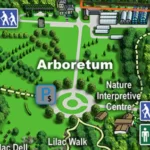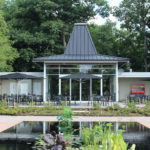| Membership | Price (+HST) |
|---|---|
| Single | $85/year |
| Single Plus | $120/year |
| Family | $130/year |
| Family Plus | $175/year |
| Contributing | $300/year |
| Supporting | $600/year |
| Sustaining | $1,000/year |
| Benefactor's Circle | $2,500/year |
| Director's Circle | $5,000/year |
| President's Circle | $10,000/year |
Rejoice! It’s Peony and Iris Peak Bloom
By Alex Henderson, Curator of Collections, Royal Botanical Gardens
Its an interesting time to be in the plant collections and gardens this week. Mid season flowering peonies are at peak bloom with later flowering cultivars in full bud and about to bloom in the next week. Tall bearded irises are at peak bloom providing a sea of rainbow colours. Now is the perfect time to visit the lower terrace of Laking Garden. Here you can marvel at the diversity of iris and peony flower form and colour and as an extra bonus take in the intoxicating fragrance and delight your senses. Each variety has its own unique scent and is a joy to behold. These collections also provide the joyous opportunity of watching happy pollinators go about their daily work. Please be kind when viewing the iris collection.
Our staff have only just returned on site after self isolating due to COVID-19 and so it is taking time to weed these beds especially as we have no summer students to assist as normal. Please be assured we are trying our very best after extraordinary times. This week we also feature a number of plants that have won awards, are recommended as plants for pollinators or that have unusual and amusing names. This latter point covers everything form pretend Scandinavian heavy metal band names, to the purity of a peony bred especially for wedding flowers to the rich folklore tales from deepest, darkest Transylvania!
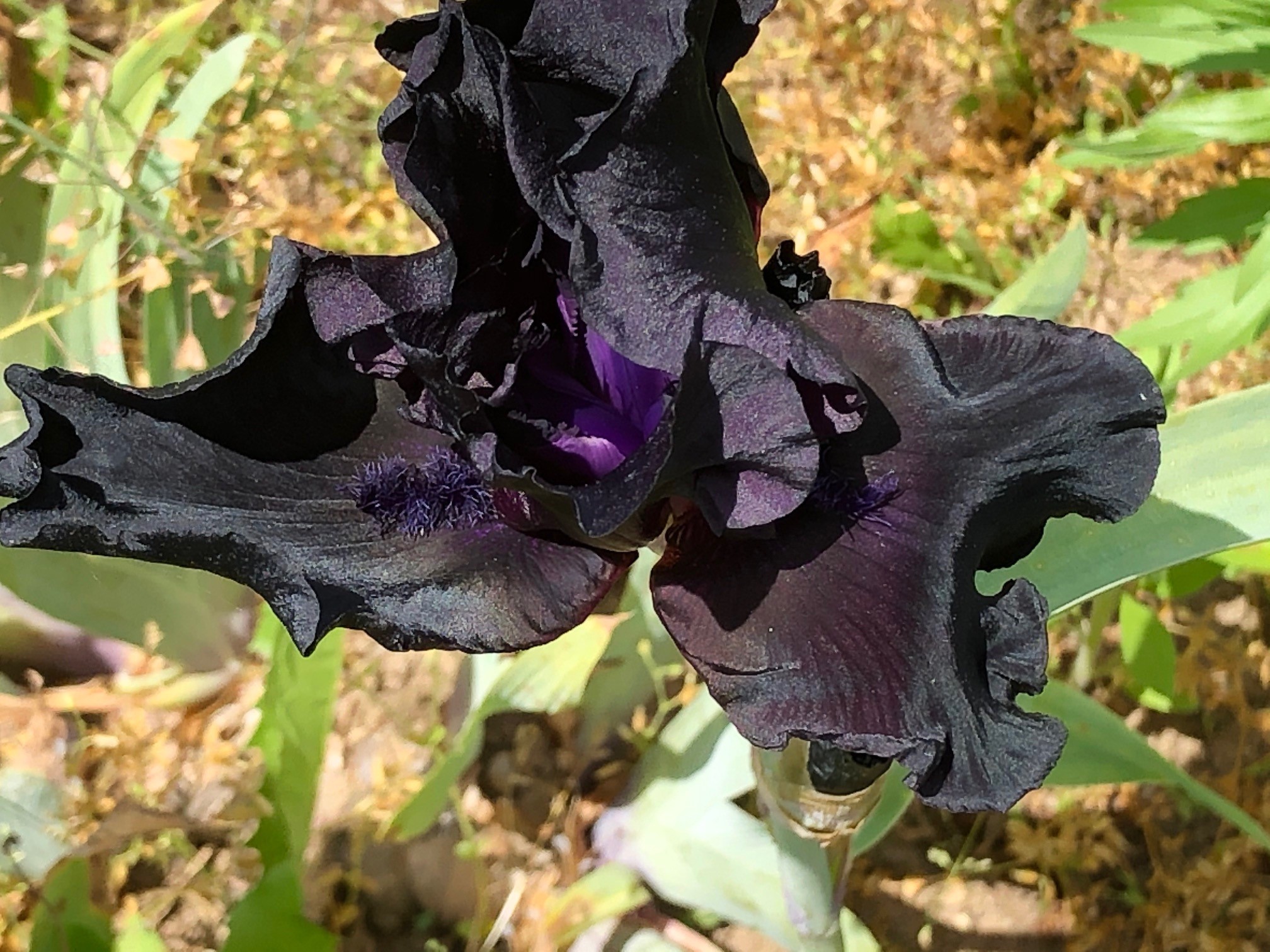
‘Anvil of Darkness’ is not, as the name may suggest, a Norwegian speed metal band but in fact an outstanding cultivar of tall bearded iris notable for its outstanding dark blooms which are about as close to black as a flower can get. This award winning, midseason bloom was introduced in 1998 by Sterling Innerst and still remains one the finest dark flowered iris available. If the colour weren’t enough this iris also reblooms and has a pleasant fragrance which is also not one would expect of a speed metal band!
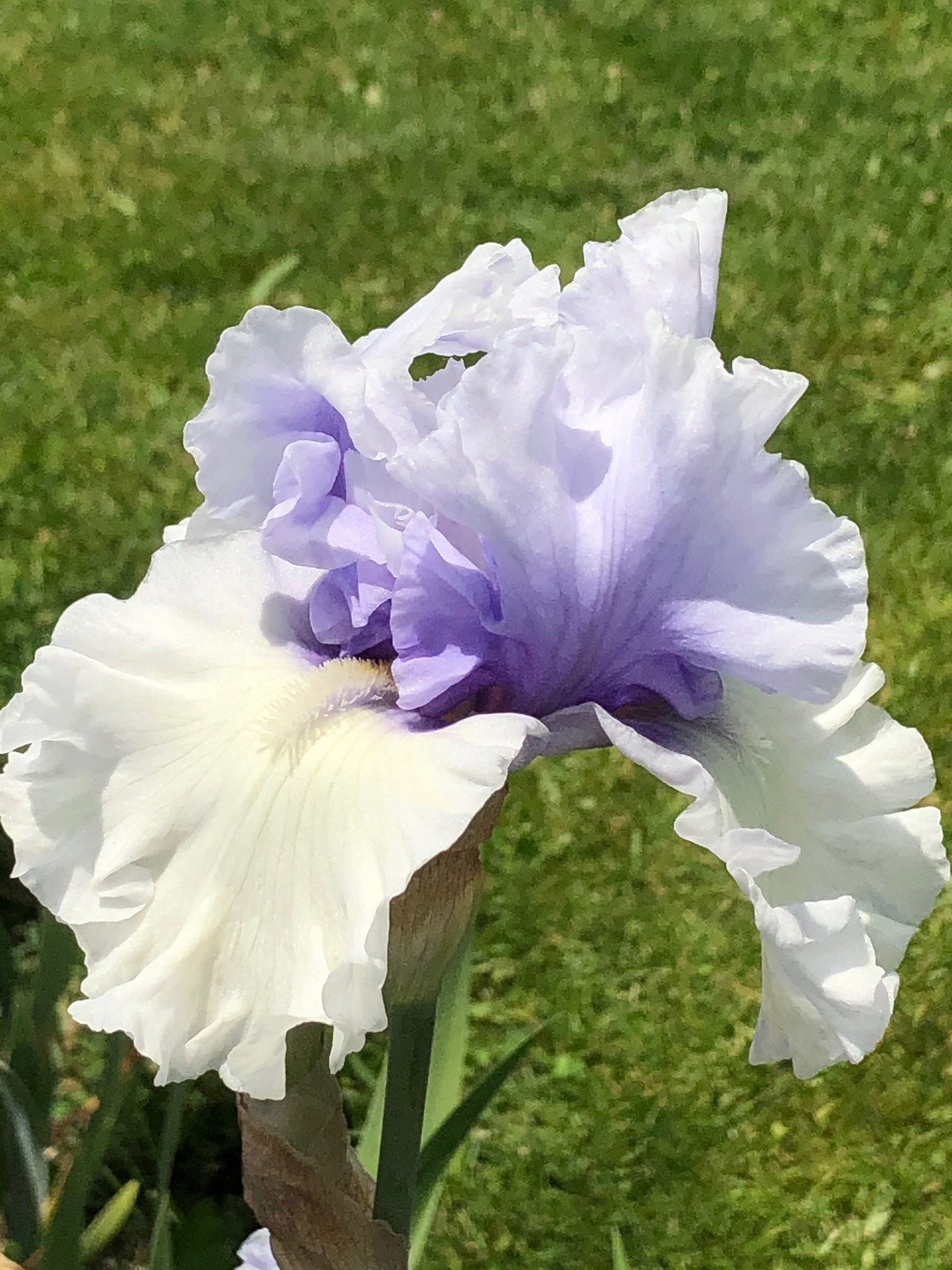
Iris ‘Wintry Sky’ is a tall bearded iris 2002 introduction by Keith Keppel of Salem, Oregon, USA. ‘Wintry Sky’ is a midseason bloom with light blue standards and blue white falls. The beard is attractive being yellow in the throat and cream at the end with a blue base. This is a particularly fine example of what is termed a reverse amoena iris meaning that the standards are coloured with white or tinted falls. ‘Wintery sky’ has received an Honourable Mention, an Award of Merit, and the J. Wister Medal from the American Iris Society and should be considered a superior iris for any garden.
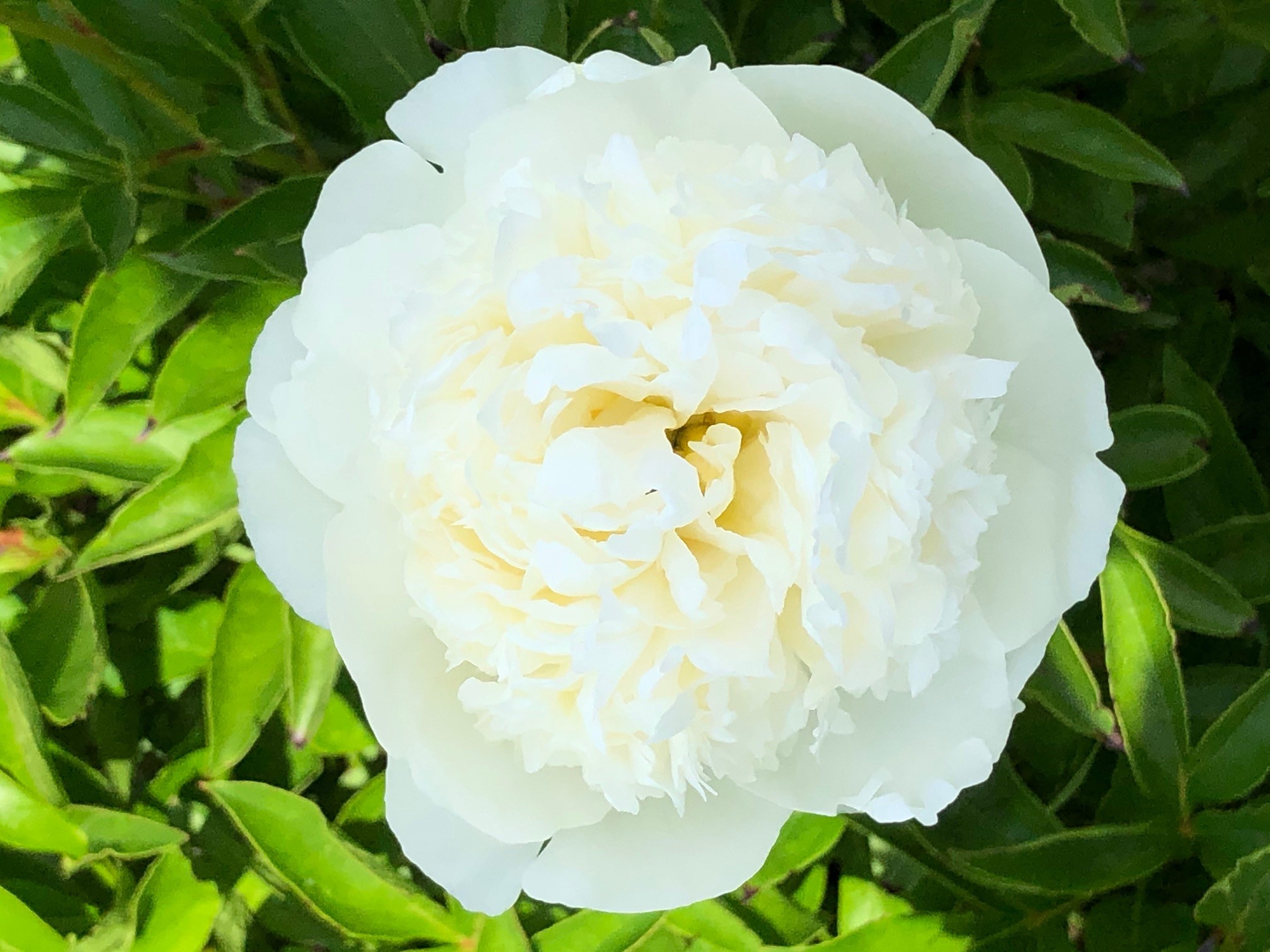
Peony ‘Bridal Gown’ is a double lactiflora peony hybridised by R.G. Klehm first flowering in 1957 but not introduced commercially until 1981. ‘Bridal Gown’ has a flower type termed as bomb which means the overall effect is of a ball sitting on a plate and as a result ‘Bridal Gown’ has been described as putting the bomb in bombshell! The flowers are completely filled, bright white and fragrant. As the name suggests this peony lends itself as a wedding flower as the flowers are pure, delicate and lovely.
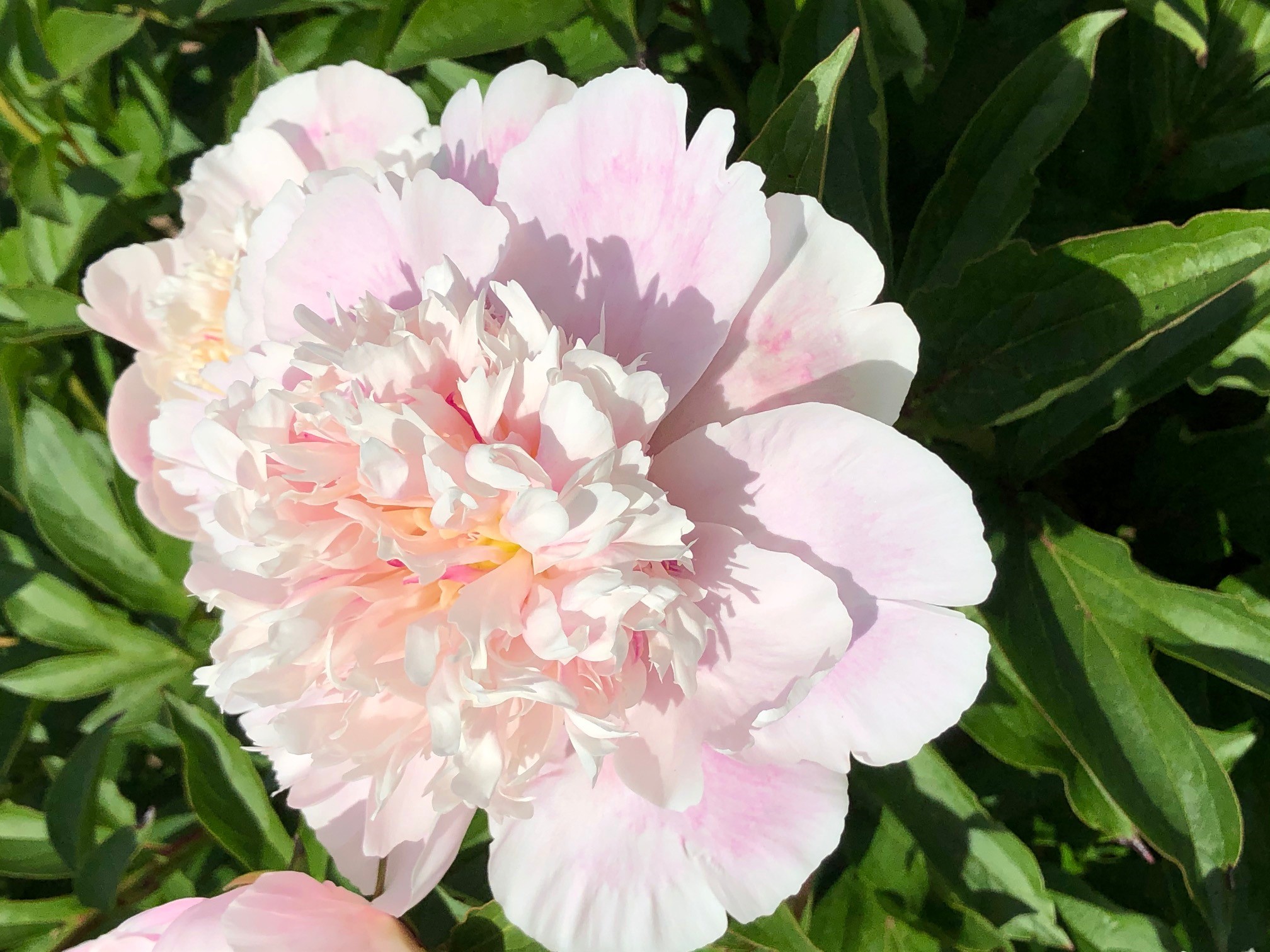
Peony ‘Do Tell’ is a lactiflora peony introduced in 1946 and is a Japanese type flower form with soft shell pink with smooth petals that complement the rose, pink, and white colored centers. Peony ‘Do Tell’ is an outstanding garden selection and a consistent performer. This peony is an American Peony Society Gold Medal Selection making it an excellent choice for gardens. Once established peonies live for decades and are generally very low maintenance. It’s a great choice for cut flowers, and as a bonus is deer resistant.
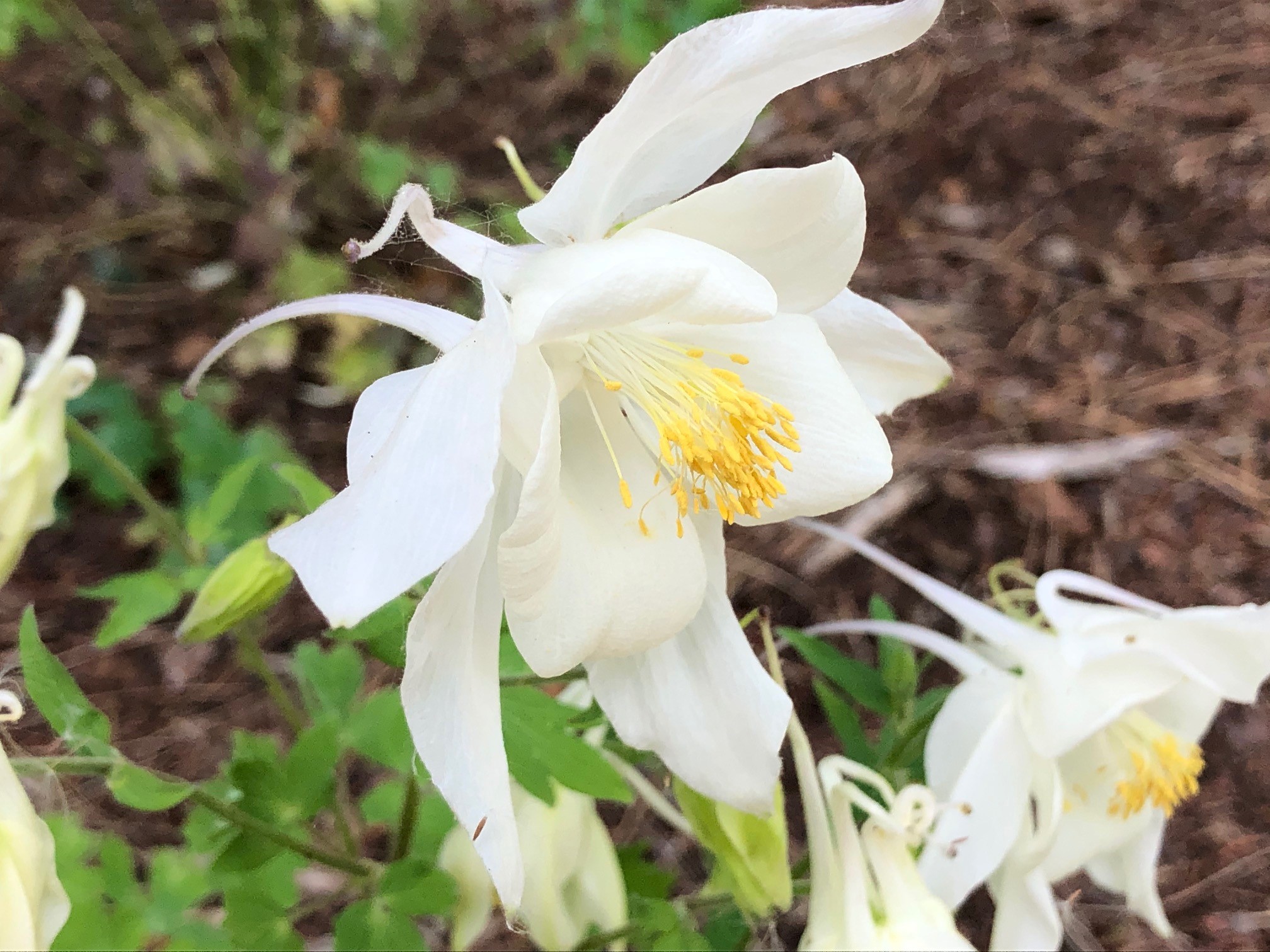
Aquilegia ‘Dove’ (Songbird Series) as also known as columbine is a clump forming herbaceous perennial bearing bell-shaped flowers with spreading, coloured sepals and petals with spurs, on branched stems. It will thrive and do best in fertile, moist but well-drained soil, in full sun or partial shade. It is ideal for flower borders, informal gardens, cottage gardens and is a great low maintenance underplanting for roses. This plant will also provide nectar and pollen for bees and the many other types of pollinating insects and is recommended by the Royal Horticultural Society as an RHS Plants for Pollinators plants.
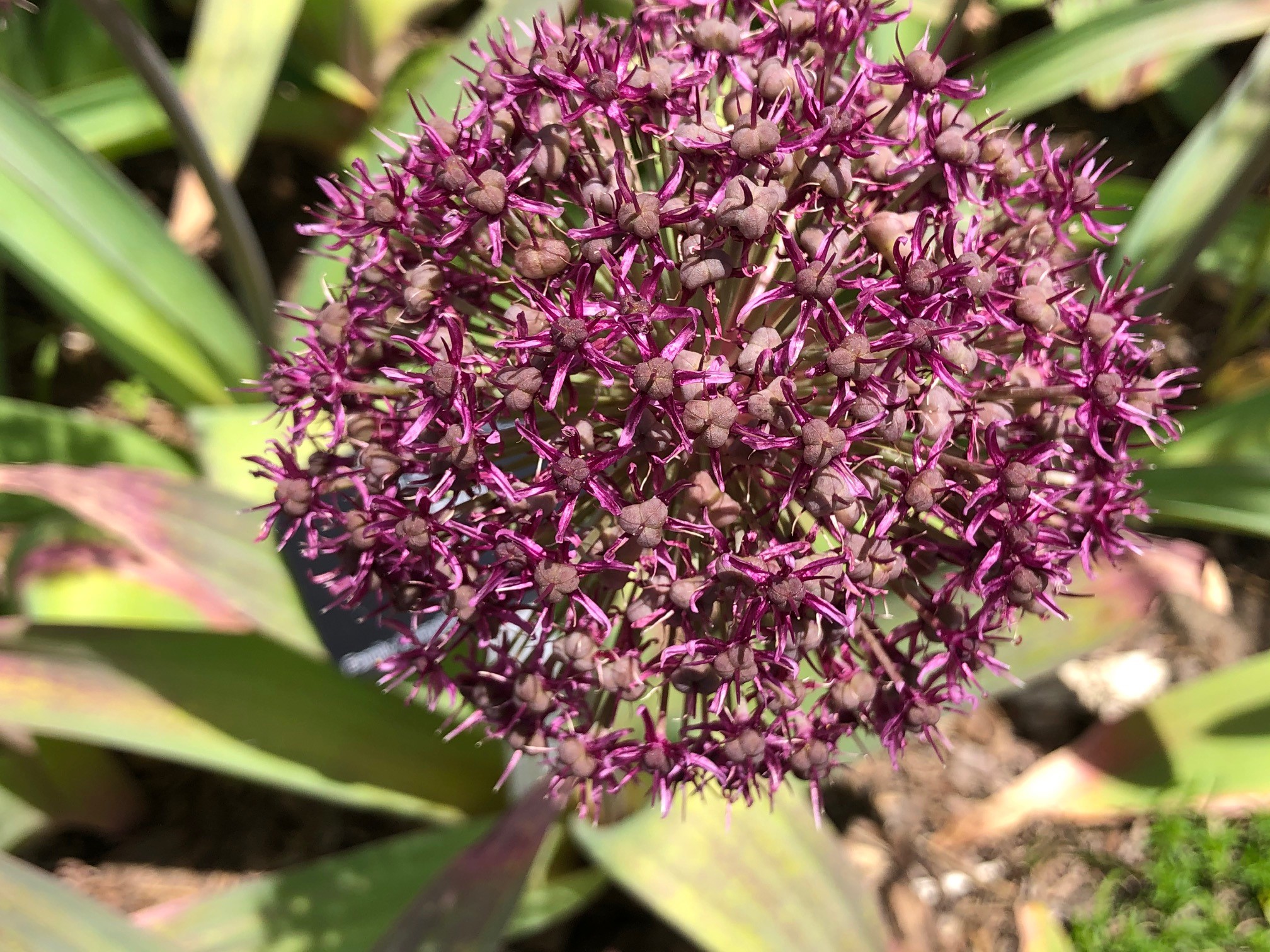
Allium ‘Ostara’ is an ornamental onion with deep reddish/purple flowers on vigorous stems with wide leaves and reaches 25-30cm (10-12 inches) in height. It blooms in late spring and early summer. Ornamental onions can be used to add spectacular architectural dimensions to the garden and is a great choice for sustainable gardening as it attracts bees and the many other types of pollinating insects and is recommended by the Royal Horticultural Society as an RHS Plants for Pollinators plants.

Helianthemum is a genus of about 110 species of evergreen or semi-evergreen shrubs from North and South America, Asia, Europe and North Africa, particularly around the Mediterranean. Helianthemum ‘Rhodanthe Carneum” Sold as WISLEY PINK is one of the more desirable forms of sunroses. The genus name derives from the Greek words helios meaning the sun and anthemon meaning a flower. Best grown in dry, alkaline, rocky or sandy, well-drained loams in full sun this sunrose is ideal for rock gardens, borders and ground cover and looks fantastic sprawling over stone walls or rocks.
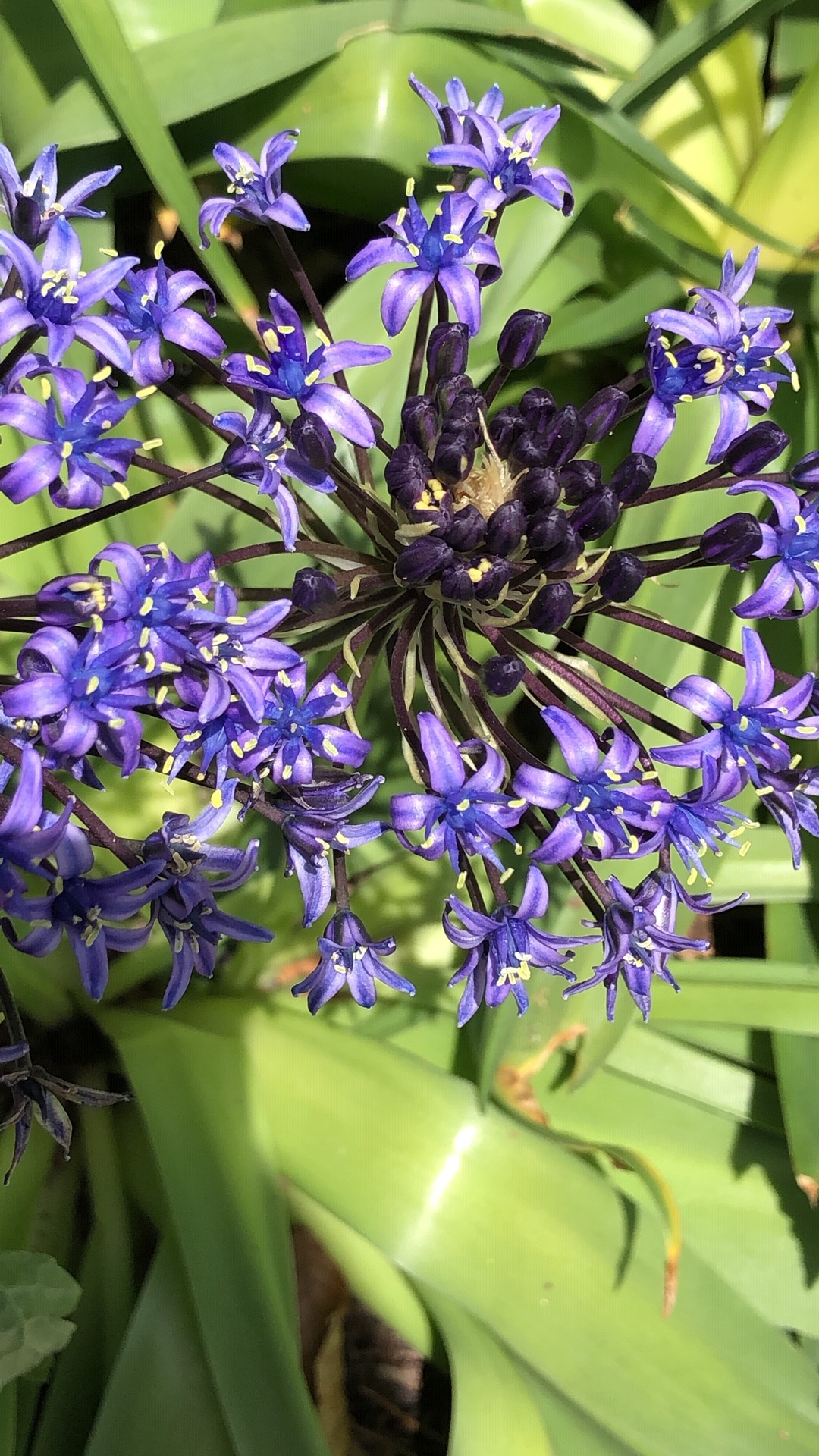
Scilla peruviana or Portuguese squill is native to Southern Europe and Northern Africa. It is a bulbous perennial forming dark green, lance shaped basal leaves. In late spring and early summer large clusters of violet blue flowers appear often bearing 50-star shaped flowers per cluster. S. peruviana can bloom for up to three weeks or more and so is a great choice for bridging the gap between late flowering tulips and early flowering herbaceous perennials. Plant the bulbs in fall for a spring display and this plant thrives in fertile well drained soils in sun or partial shade.
More from the RBG Blog
Check out RBG’s blog for announcements, articles, and more from Canada’s largest botanical garden.
Want to be sure you hear first? Sign up for our weekly e-newsletter to hear about upcoming events, weekend activities, articles, and more!





